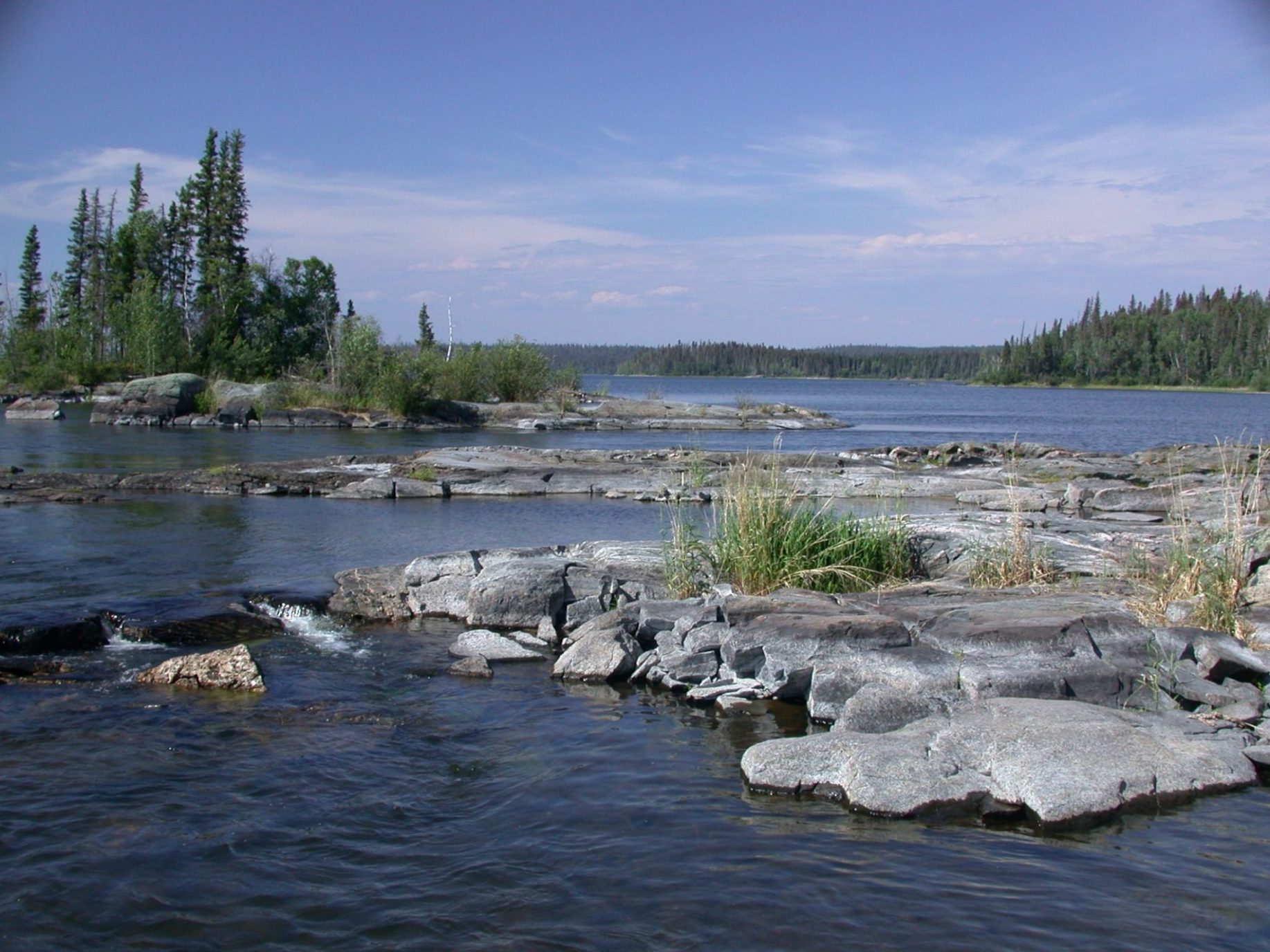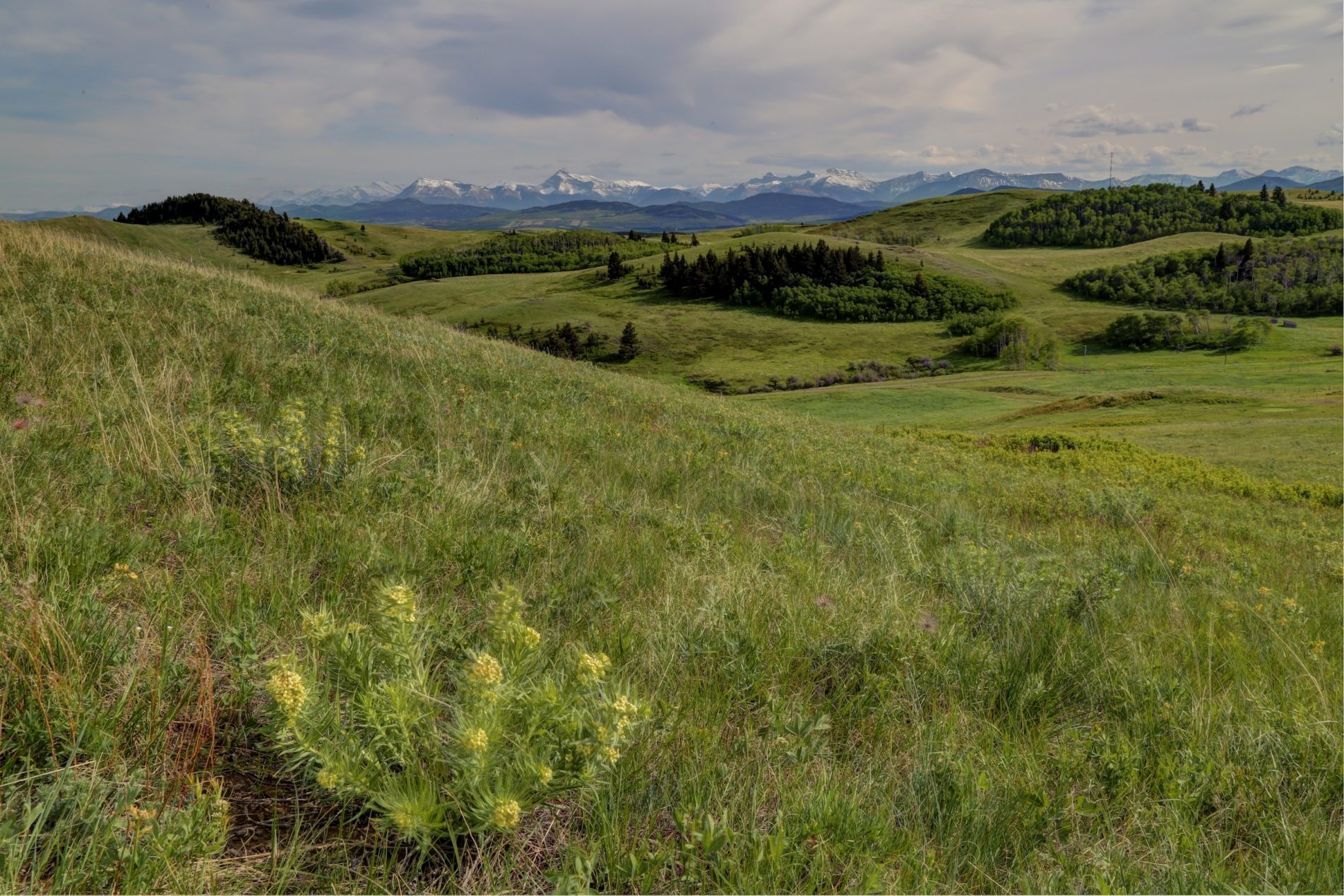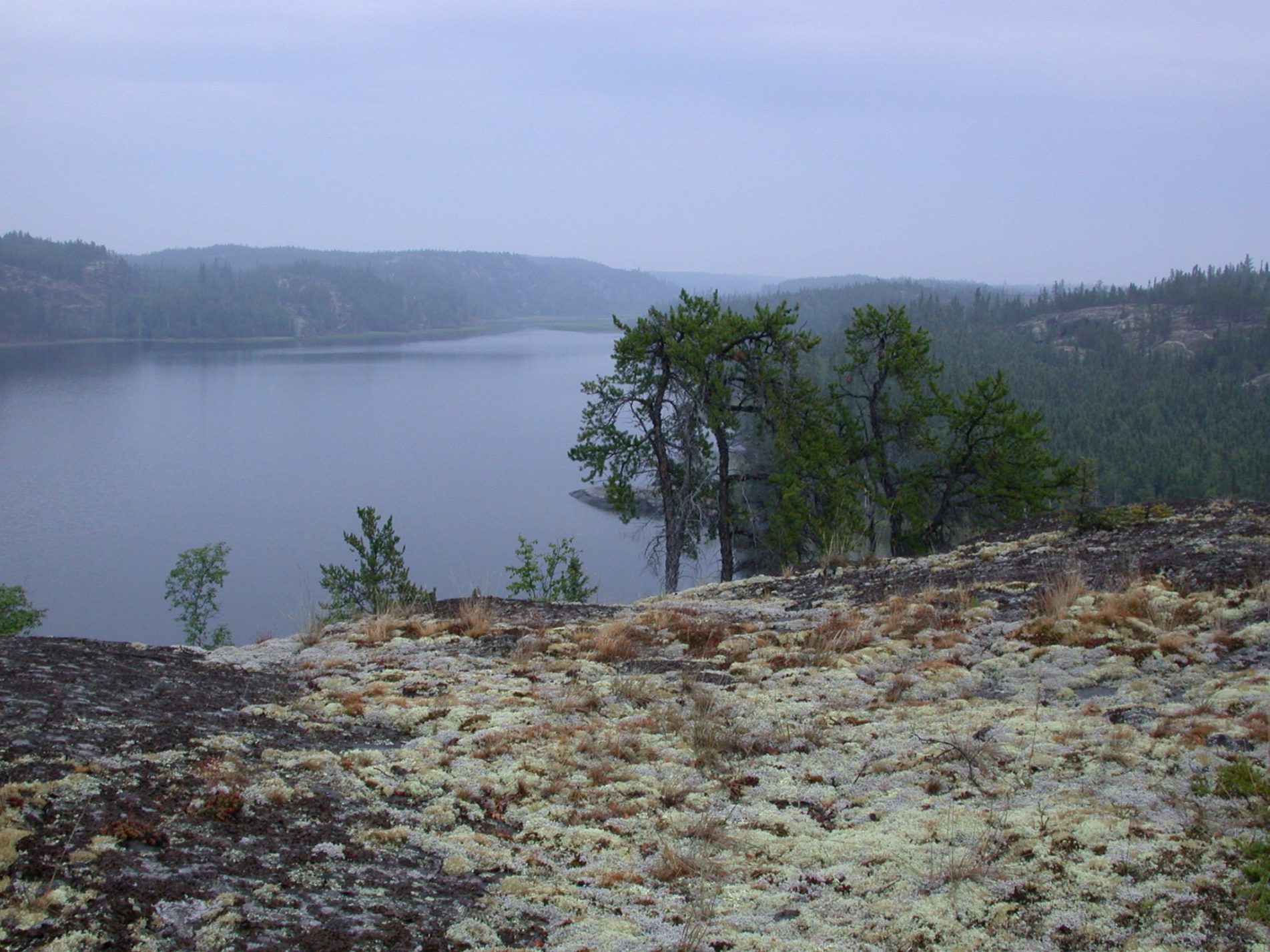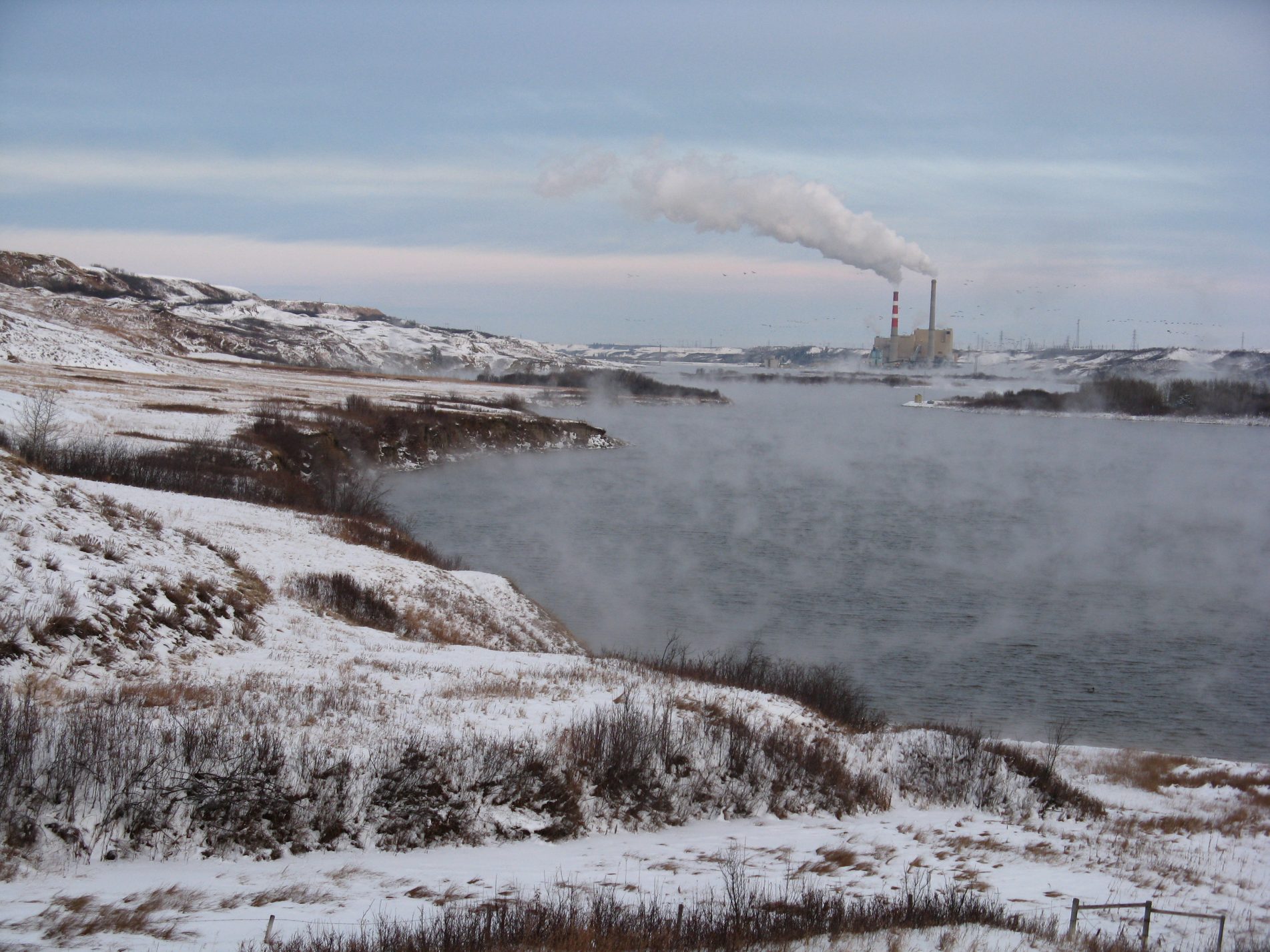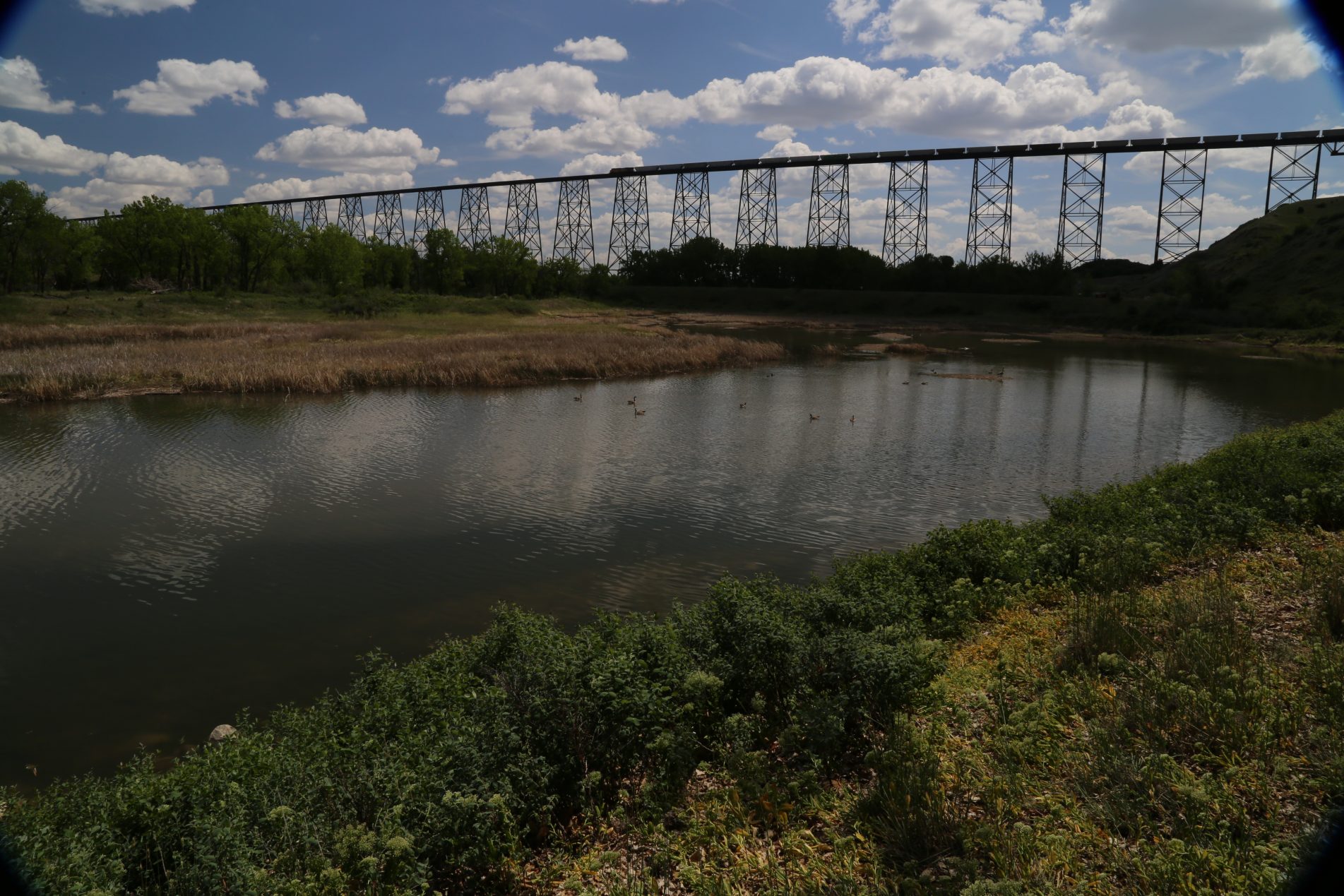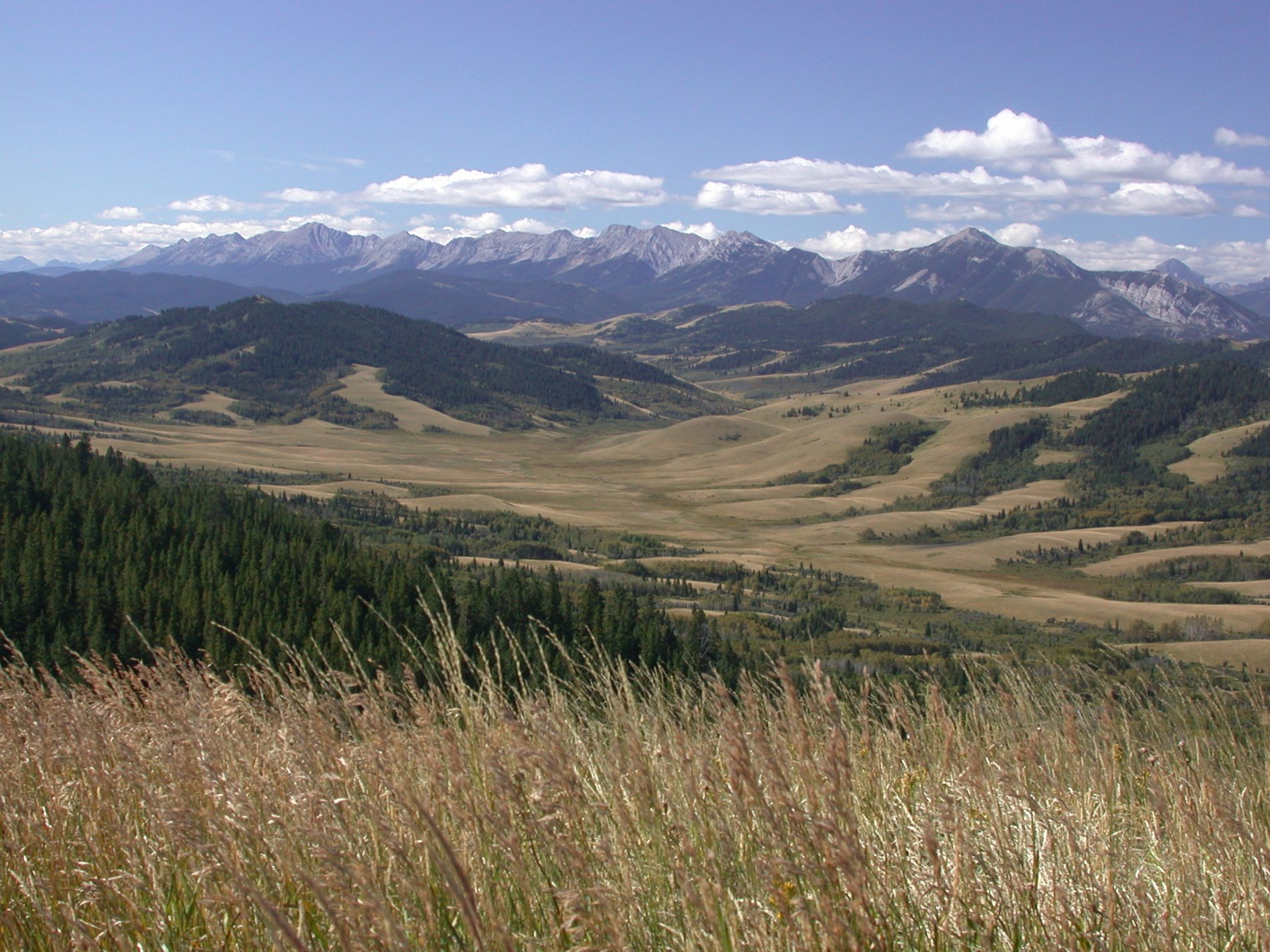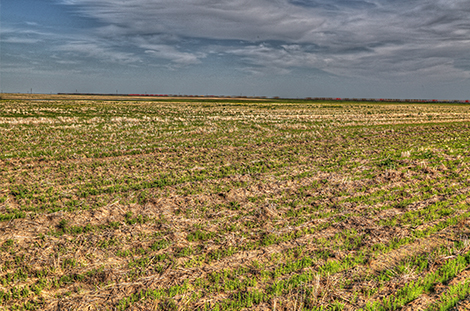Principle Investigator: Dr. Dave Sauchyn
Co-investigators: Dr. Mark Johnston, Dr. Mary Vetter, Dr. Joseph Piwowar
PROJECT SUMMARY
The ecological gradient from grassland to forest in Canada’s western interior is a large region of national significance. It is a climatically sensitive ecotone that supports forestry and agriculture, includes various parks and protected areas, and is the location of a number of First Nations reserves. By mid-century the climate of this region is expected to have shifted from subhumid to dry subhumid with a longer and warmer growing season, possibly causing dieback of the forest, and soil moisture limitations on plant growth and productivity. These impacts have major implications for the use and management of soil, water, forest and pasture, including the capacity of current management structures and practices to sustain soil and ecosystem health. The goal of this project was to contribute to science-based decision making about adaptation to climate change in this region by providing new scientific information on the ecological response to climate variability and change at monthly to decadal time scales. This new information improves the capacity to anticipate impacts of global warming and address vulnerabilities to climate identified by stakeholders who manage the natural resources of this region.</div>
The project objectives were to
1. determine the climate sensitivity of ecosystems and soil landscapes in a major part of the Prairie Province grassland – forest transition zone
2. assess the vulnerability of soil and vegetation use and management to climate-induced ecosystem and landscape change,</div>
3. contribute to science-based decision making concerning adaptation to climate change with a focus on the forest industry and the management of parks and protected areas</div>
4. assign a quantitative degree of certainty (confidence) to our climate change and impact scenarios
The principal objective of determining the climate sensitivity of a major part of the Prairie Province grassland – forest transition zone was met and possibly exceeded in terms of the amount of new information on the historical response of vegetation to climate variables. The time series of correlated indicators of vegetation and climate inform the assessment of climate change impacts on the ecosystems of the grassland-forest transition zone. These data also can be used to calibrate models that project change in plant productivity and species distribution under climate change.
We examined the ecological response to past climate variability at various temporal scales from correlations among indicators of monthly climate and plant productivity to the variation in relative abundance of plant taxa at 5-25 year intervals for the past millennium. At the shorter time scales, temporal and spatial variations in plant productivity can be related to specific climate variables. Plant productivity depends on temperature in May but, in the rest of growing season, responds mostly to precipitation with about a one month lag. An increasing trend in July to October productivity over most of the grassland to forest transition zone suggests a lengthening of the growing season. At longer time scales, time series of pollen records from four lakes show significant fluctuations in the relative abundances of plant taxa. Much of this variability can be related to departures from mean climate conditions as inferred from tree-ring records and from the geographic distribution of modern pollen relative to climate gradients. The impact of dry years is especially apparent with substantial reductions in pollen concentrations for coniferous tree taxa, reflecting suppressed productivity. Decreased pollen outputs from these tree species is correlated with decreased lake productivity as indicated by algal pigment concentrations in the lake sediment record.
With regards to the vulnerability of vegetation use and management to climate-induced ecosystem and landscape change, we were able to satisfactorily address this objective by consulting with resource managers in the sectors of agriculture, forestry and parks and protected areas. This consultation was achieved with two workshops staged by the project and during other meetings attended by project researchers where local resource managers were in attendance. At the project workshops, stakeholders identified barriers to adaptation and adaptive management related to the uncertainty associated with conventional climate change and impact scenarios. Current projections of the ecological impacts of climate change are based on associations between current climate and the boundaries between natural regions, and on the present ranges of individual species. Shifts in the distribution of ecosystems will be driven by encroachment of species into previously unsuitable areas, for example, at the interface of grassland with parkland and forest. Resource managers need information on the trajectory that ecosystems follow in response to fluctuating and directionally-changing climate.
We were able to contribute to science-based decision making concerning adaptation to climate change to the extent that project researchers presented the results of our researchat the two stakeholder workshops and at other conference and workshops on the topic of climate change impacts and adaptation in western Canada. The degree to which this knowledge transfer influenced decision making is difficult to assess. We expect that more knowledge translation and interaction with stakeholders will be required to have a meaningful influence on the planning of adaptation to climate change. But a general indication of the perceived value of this research is shown in the development of new funding applications in collaboration with stakeholders and First Nations groups.
The final objective of assigning a degree of certainty (confidence) to our climate change and impact scenarios was achieved in terms of having a better understanding of the climate sensitivity of the ecosystems of the forest – grassland transition zone. We have yet to meet this objective, however, in terms of producing a more robust assessment of climate impacts, because the components of the project have not yet been fully integrated. We intend to pursue this full integration of the project components and deliver improved assessments of the ecological impacts of climate change to project partners and stakeholders.



